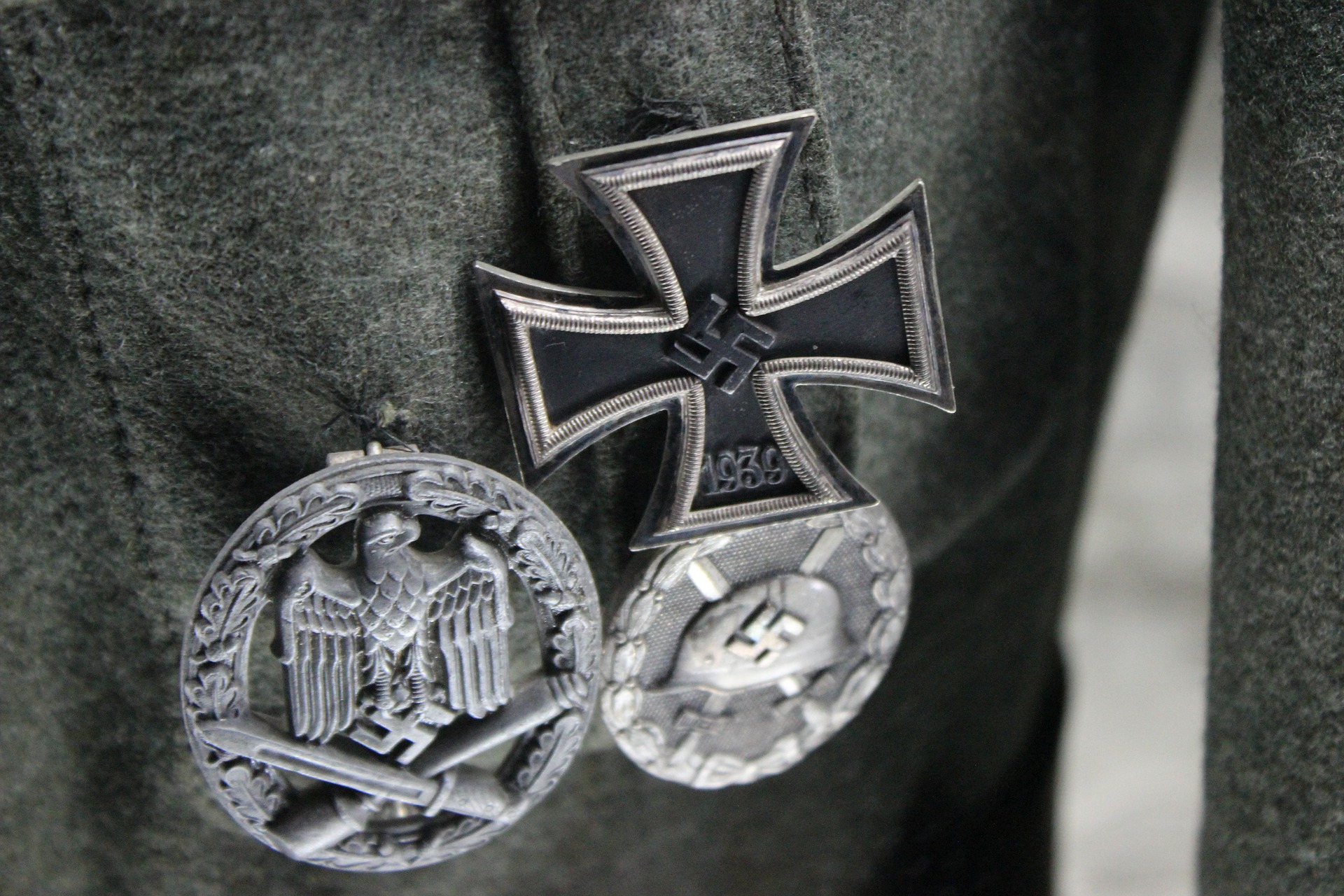Book Review: Hitler’s Cross by Erwin W. Lutzer
There are horrible pictures on the wall of the museum in Berlin. The building, which was formerly the Army War Ministry, now houses the history of the millions of lives that were permeated, corrupted and destroyed in Germany from 1941-43.
The grey and white images document a period of brutality and bloodshed, and commit to historical memory what we have left of the dozens of bold men and women who lived in heroic opposition to Hitler and his regime. It also tells of those who did not stand against him. Pictures of those such as Stauffenberg, Neimoller, and Bonhoeffer who were hated, ostracized, branded as traitors, tortured and even killed, stand in juxtaposition to those of Protestant Pastors and Catholic priests giving the Nazi salute before the swastika banners.

It can be tempting to think that we have understood all that is significant when it comes to Hitler’s Germany, but when it comes to asking and answering the important questions of what took place there, many fall short in the balances.
The study of history has never been the mere analysis of information, but the study of ideas. And ideas, as Hitler knew above so many others, are powerful. It was the power of ideas that led to the murder of, according to some estimates, over 20 million people. It was the power of ideas that brought the world crashing into the bloodiest war of history. It was the power of ideas that made a country, where 95% of its citizens who proclaimed to believe in Christ, choose the swastika instead of the Cross.
What happened? Where was the Church in Nazi Germany?
Hitler’s Cross: How the Cross Was Used to Promote the Nazi Agenda by Erwin W. Lutzer, probes deeply into the heart of this question, searching out not only the root of Nazi Germany’s historical, cultural and political context, but most importantly, the church’s role (and lack thereof), as millions of professing Christians hailed a new hope, a new faith, and a new god.
What is the story of Nazi Germany?
It is “really the story between two saviors and two crosses. Eventually the church was forced to choose, because in the end only one cross would triumph.”
So: “With the Bible in one hand and the history books in the other, we begin our journey. When we are finished, we should be on our knees asking God to keep us faithful to the cross of Christ, no matter what the cost. And we should be wiser for having identified the signposts that are leading our own country down what could be a similar path.”
The book begins with Hitler’s own story, his childhood, his claim to be the vindictive tool of Providence, and his rise to power. It then goes through the history of the 3rd Reich, leading up to the historical and idealogical events that paved the way for it’s arrival, the deception and division of the Church, telling of those who fell for the lies of the broken cross, and those who stood by the grace of God, upon the Cross for the broken.
Finally, it seeks to unravel the similarities between Hitler’s Germany and America, showing where our battle lies today, and the role of the church in influencing our culture. All the while, Lutzer addresses some of the difficult and poignant questions each of us have struggled with (and should struggle with) when viewing history through the lens of our faith:
– What is the responsibility of the church when the state adopts unjust policies?
– As Christians, where does patriotism end and civil disobedience begin?
– Is silence in the face of injustice the same as complicity? Are small compromises justified if they might prevent the state from crushing religious freedom?
– How can the church effectively spread the Gospel while fighting an unpopular battle for social justice?
– What warning signs are there when the church buys into the culture of the day and can no longer stand against prevalent evils?
– What is the relationship between a church’s theology and its ability to withstand the crushing power of the secular state?
Why Should I Read It?
As Lutzer himself says: “(Because) those who disregard history are condemned to repeat it...we are derelict if we do not study the Nazi era to learn all we can for the church in the present day…In so doing we might also be preparing ourselves for our own impending future…Whether we heed (history’s) warnings, accept its challenges, and recognize its subtle deceptions is up to us.”
According to Lutzer we are in a “desperate moment in history (facing) two dangers”. The first danger is to use our devotion to the supremacy of the Gospel as a justification for retreating from the battles in our culture. Should our devotion to the Cross be above all else? Yes. Therefore, we do not retreat from the battles of the Gospel, but fight them, knowing that God calls us to proclaim His truth to a lost and dying world.
Our second danger is to become so burdened with our social and political agendas that our ultimate message becomes lost in the midst of smaller battles. We are certainly called to fight the battles, but in doing so, let us never forsake the war, or forget for what and for Whom we are fighting. The moment we forget, modify or forsake the Gospel to win the cultural battle, is the moment we lose it.
Lutzer writes: “We can organize a moral crusade, raise a flag, and work with anyone who will salute it. But let us not be so naive as to think that this is America’s great hope. Darkness can only be dispelled by light and light comes through the Gospel of God’s grace. Let us never forget that the world’s greatest need is always to see Jesus, to understand why He alone can reconcile us to God.”
